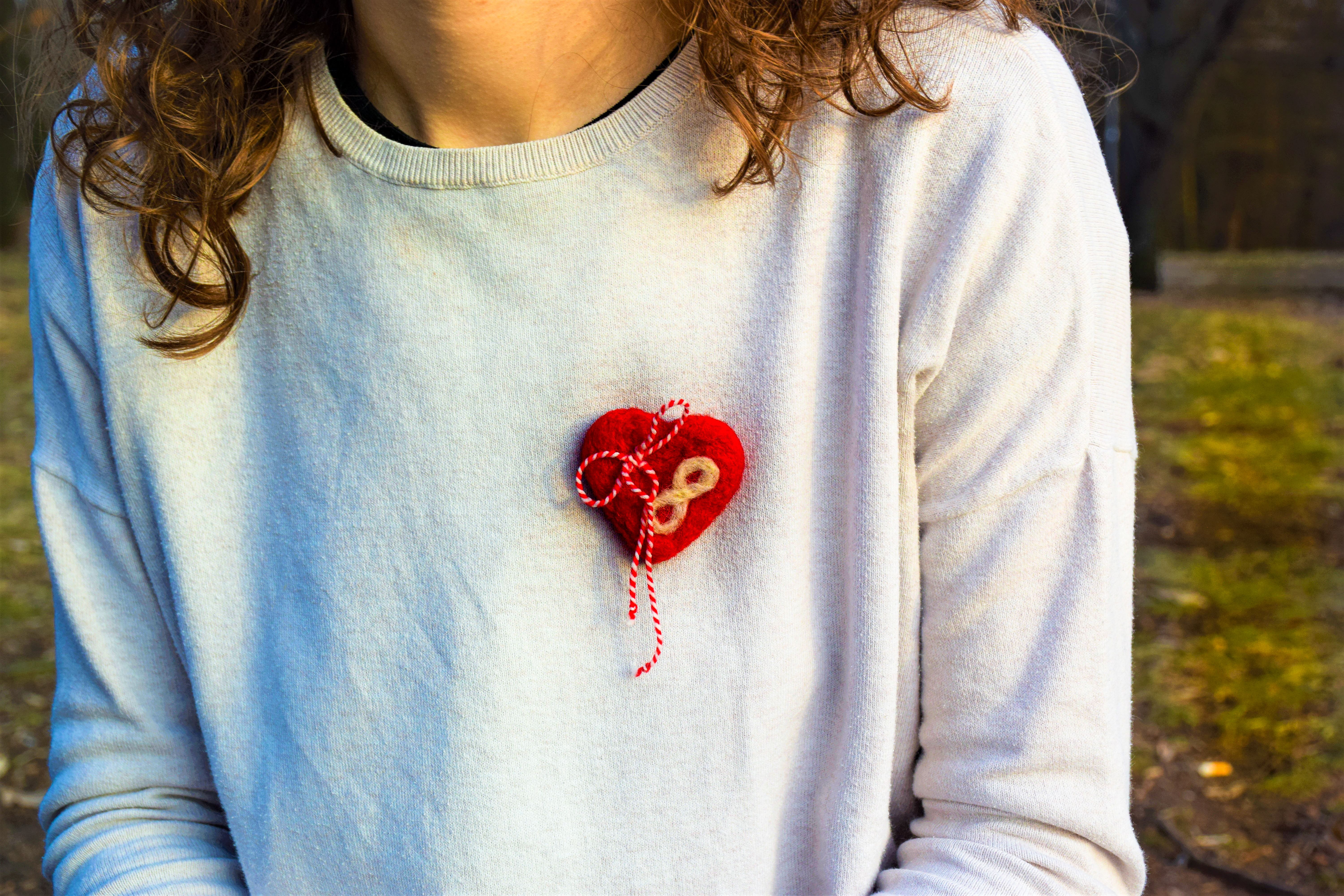What is all the hype about Baba Marta and the Martenitsa
Written by Scott Green, edited by Scott Green and Andrea Vushkova, photos by Zhanet Stamatova
Baba Marta (Баба Марта) - Grandmother March. What is it? When is it? And lastly, Why do Bulgarians so look forward to this time of year? Well, Baba Marta is an age-old pagan tradition that still occurs in Europe today. Bulgaria is one of the few countries that still celebrates it. It’s the custom of gifting martenitsa to your family and friends, as well as a way to joyfully usher in the upcoming spring weather after a notoriously cold (and sometimes brutal) winter.
What is a Martenitsa, and when is the celebration?
Baba Marta is celebrated annually on the 1st of March, but shops stock their shelves and display boards with all sorts of martenitsi weeks before the big day. Typically you will find pop-up stalls everywhere on the street selling various types of martenitsi.
A martenitsa is a gift made of red and white-colored yarn, traditionally fashioned into little wristbands, but you can also find them made into necklaces as well as having stones, ornaments, and names weaved into the band.
Martenitsa is also represented as Pizho and Penda dolls. Pizho, the male doll, is usually distinguished by its white dominating color. Penda, the female doll, is made of mostly red yarn. However, there are many different configurations and styles.
A martenitsa is worn until one sees a stork or a swallow, this symbolizes the coming of spring. Once either one is seen the martenitsa is taken off and attached to a blooming tree. It is common in the spring to see trees everywhere festooned in martenitsi.
People unaccustomed to old Pagan traditions may struggle with understanding the true depth of the Bulgarian peoples’ love of Baba Marta and the exchanging of martenitsi. Just imagine though, the likes of Australia Day, Independence Day, and St. Patrick’s Day. Politics aside, they are all days that many look forward to and celebrate with great pride and love for our respective country.
Also, as one of our Bulgarian colleagues here at Open Bulgaria mentioned, “we often compete about who's going to collect the most martenitsi”. She also noted that her mum takes weeks to find the right martenitsa for everyone in the family. These alone show how this tradition is deeply loved and celebrated by all with a childlike fervor.
Legend of the Martenitsa
The most common legend tells the story of Khan Asparuh, who is credited with establishing the First Bulgarian State in the late 7th century. He set off from his homeland in Old Great Bulgaria (modern-day Ukraine and Russia) in search of land for his people to live and prosper on.
Khan Asparuh reached Slavic land with his people and they were greeted as welcome guests. They settled in this land, but the Khan grew homesick and dearly missed his mother and sister Kalina. He sat by the river and cried, his heart aching for his family. He prayed to the gods and sun, asking for a miracle. His prayer was answered. A swallow swooped down and landed on his shoulder, the Khan poured out all of his sorrow to this bird. The bird flew away and the Khan was left wondering.
Sometime later the bird returned to the Khan with a green sprig tied around his leg. The bird had gone to Asparuh’s sister Kalina and told her all of his sorrows. She had become so happy at hearing the news that she decided to send a token for good health and prosperity.
Kalina tied a bunch of green bush to the bird’s leg, and she bound it with a white woolen thread with different knots to signify her feelings and wishes. The swallow was injured during the flight back to the Khan and blood had dried to the white thread.
The Khan was so happy to see his sister’s greeting, that he pinned the bunch to his chest. He then ordered each of his men to put a small bunch of twisted red-and-white thread, on the same day every year, for health and heavenly blessing. This happened on the first of March and has remained a tradition ever since.
Baba Marta in Folklore
In folklore, Baba Marta is said to be the sister of Голям Сечко (Golyam Sechko) otherwise known as January, and Малък Сечко (Maluk Sechko) otherwise known as February. She was always dissatisfied with them as they stole her wine (how dare they!) and would get drunk, or were otherwise harmful and mischievous. The old woman becomes angry, hence the weather changes, so beware of sudden snowstorms and weather variation in March.
Regardless of the historical accuracy of these tales, Baba Marta and the martenitsa is an age-old tradition that’s been handed down through the generations. A tradition that is deeply loved and celebrated to this day, and it seems will continue to be for many years to come.
Check out our next article where we explore some different legends surrounding Baba Marta.
Честита Баба Мартa! - Happy Baba Marta!
